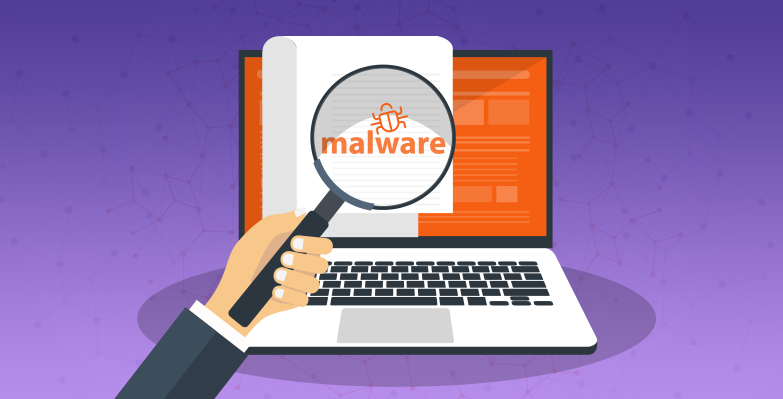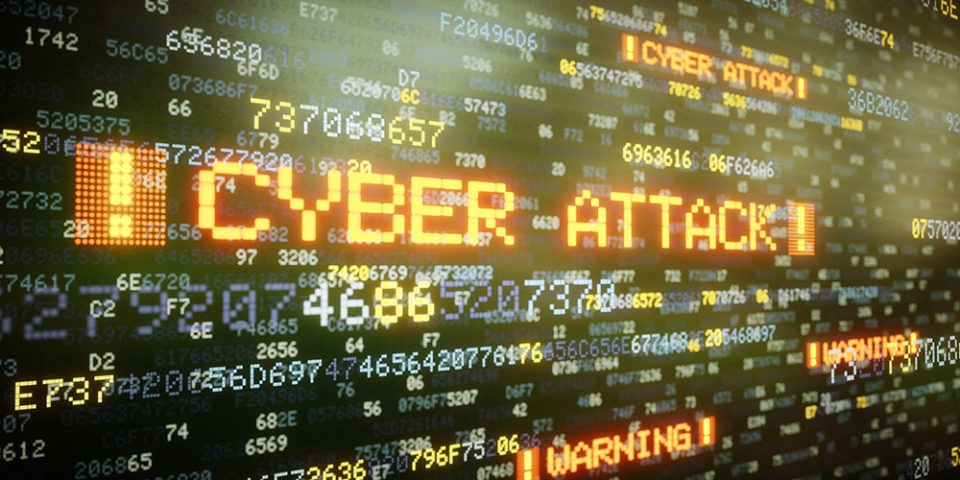
Every modern organization should prioritize IT as one of the most crucial elements of their day-to-day operations. Without suitable IT infrastructures in place, an organization’s scope for communication, productivity and security will be severely limited. Accordingly, Ophtek strives to turn these business aspirations into a reality for their clients. Ophtek’s success in this field has been the result of investing in talented employees and the careful stewardship of CEO Arash Shokouh.
The experience and knowledge that Ophtek has amassed over the last decade is invaluable. It’s a commodity which is severely in demand as, now more than ever, businesses need help navigating their way through cyber security issues and understanding the best IT practices to maximize productivity. And that’s why Arash Shokouh has been asked to present at three conferences in 2022 on cyber security.
Statement by President Biden on our Nation’s Cybersecurity.
A recent announcement from President Biden on the importance of Cyber Security highlights these issues:
“This is a critical moment to accelerate our work to improve domestic cybersecurity and bolster our national resilience. I have previously warned about the potential that Russia could conduct malicious cyber activity against the United States, including as a response to the unprecedented economic costs we’ve imposed on Russia alongside our allies and partners. It’s part of Russia’s playbook. Today, my Administration is reiterating those warnings based on evolving intelligence that the Russian Government is exploring options for potential cyberattacks.” Read his full statement here..
Cybersecurity and Infrasctucture Security Agency.
Russia’s invasion of Ukraine could impact organizations both within and beyond the region, to include malicious cyber activity against the U.S. homeland, including as a response to the unprecedented economic costs imposed on Russia by the U.S. and our allies and partners. Evolving intelligence indicates that the Russian Government is exploring options for potential cyberattacks. For more information..
Where Will Arash Be Presenting?
Arash is due to speak at the following three conferences in 2022:
- CDA 2022 Anaheim Conference – California Dental Association – May 12 – 14
- FPA 2022 San Francisco Conference – Financial Planners Association – May 31 – June 1
- ACP 2022 Conference – Annual Conference for Fiduciary Advisors – Sept 28th – Oct 1
Given Arash’s diverse background as an inventor, holder of BS and MS degrees in computer engineering, status as a part-time professor in computer engineering and, of course, ownership of Ophtek, he is perfectly placed to share his wealth of cyber security knowledge.
Given the current landscape of cyber security, where ransomware and malware represent major, significant threats, Arash’s presentations will focus on addressing these issues and pointing towards a safer, more secure future for organizations. In particular, the content will be focused on:
- Protecting your business from modern cyber threats and technology
- Cyber security best practices for individuals and businesses
- The future of IT best practices
- Addressing cyber security compliance
The cumulative insights provided by these presentations promise to impart a strong understanding of cyber security to forward thinking businesses and Arash cannot wait to share his knowledge.
Read More














